Brunvoll | Crossing the Arctic Circle
Marine
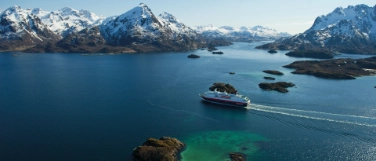
Ørnulf Engkrog Gaarder
General Manager, KTR Norway
Since the end of the 19th century, mail boats have linked towns along Norway's west coast. In the meantime, modern RoRo ferries offer cruise-liner comforts. The 2,500 nautical mile return passage using the classic postal route from Bergen in southern Norway to Kirkenes in the north takes twelve days and provides passengers with breathtaking landscapes including more than 100 fjords and 1,000 mountains. The MS Richard With is one of a number of vessels that calls at 34 ports and crosses the Arctic Circle twice.
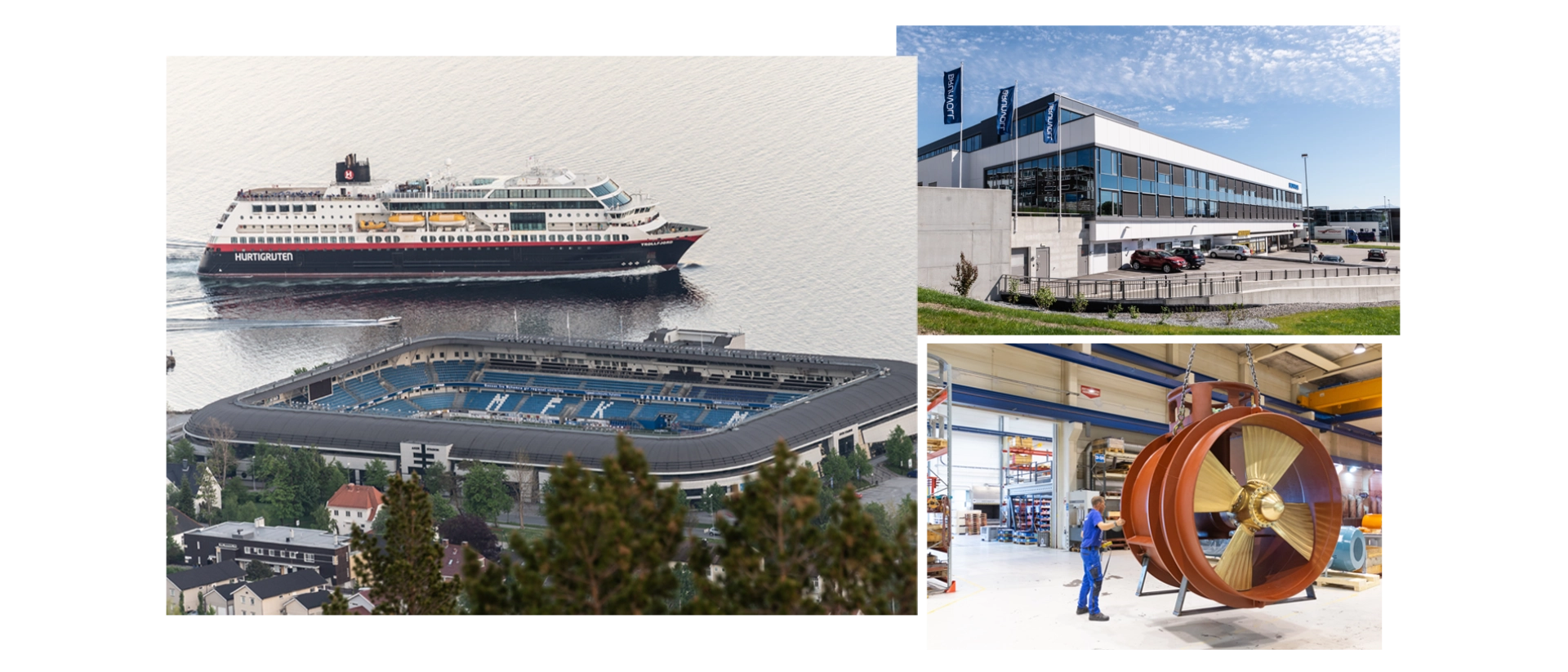
In 1893 the first regular shipping service was launched between Trondheim and Hammerfest, taking what became known as the Hurtigruten route – the Norwegian Coastal Express. Ten years prior to this, Captain Richard With and pilot Andreas Holte began meticulously documenting the journeys they made through Norwegian coastal waters. Their aim was to navigate a passage to Hammerfest that was safe to sail both at night and in the dark winter months. And the route was to be fast – or ‘hurtig’ as the Norwegians say.
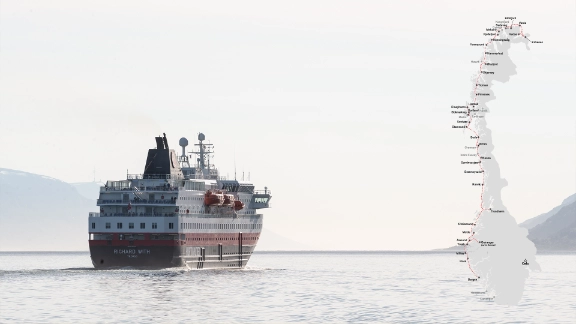
At that time the northern coastal settlements and hinterland communities lacked a practicable route to transport fish in one direction and basic provisions in the other. Today’s Hurtigruten’s 16 ships offer similar economic advantages: they attract moneyed tourists to Norway. In the case of the MS Richard With, 590 passengers can be accommodated on the vessel, which proudly bears the name of the Hurtigruten company founder.
The Norwegian Tromsø-based shipping company promotes its cruises asserting “Enjoy the unforgettable and remarkable coastal landscape, much of which looks exactly the same as it did when the first Hurtigruten ships sailed here more than a century ago”.
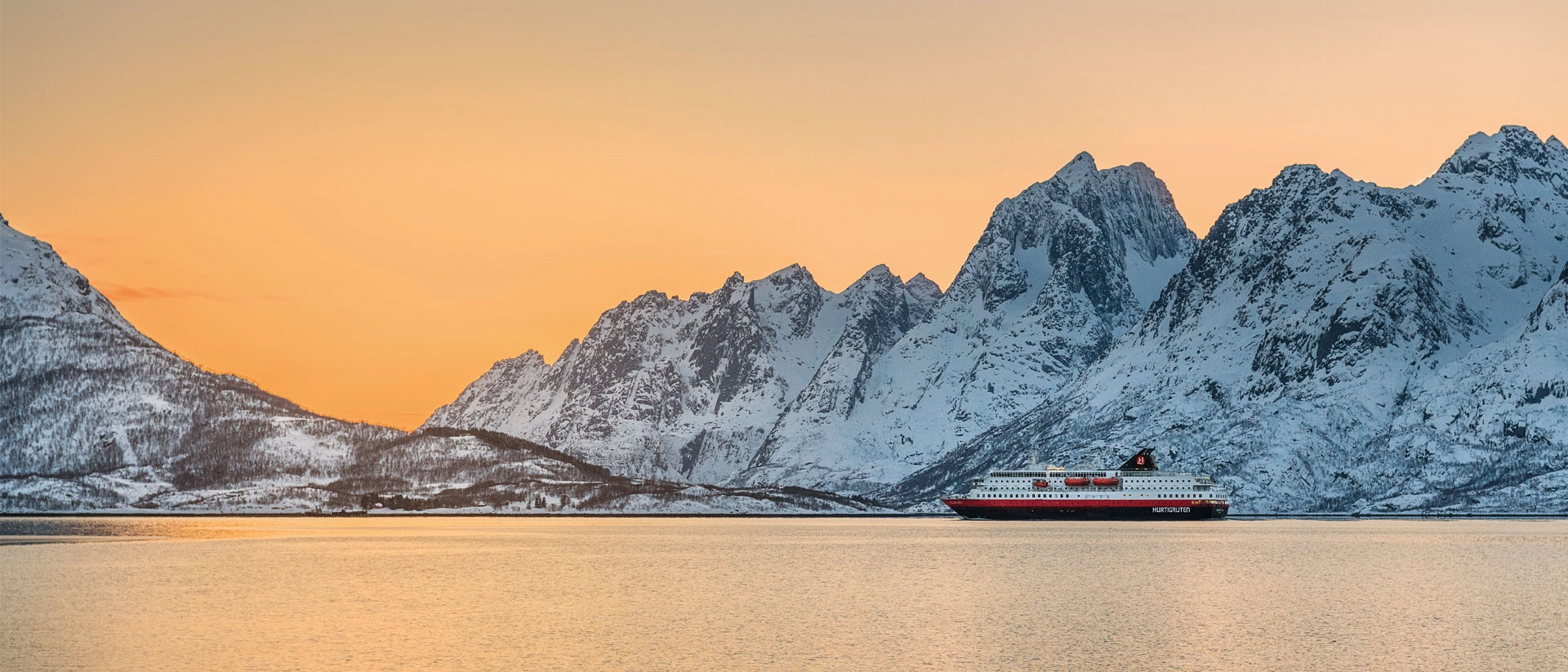
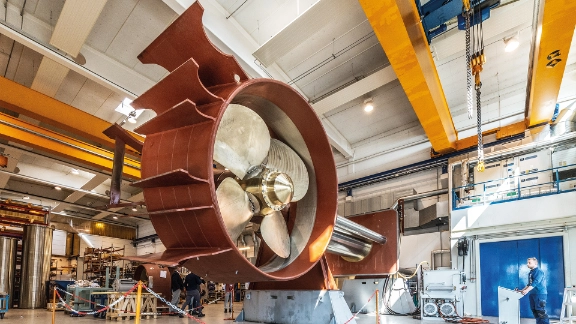
This pristine quality is echoed in the Richard With’s technical equipment – for example with its thruster systems. Low-noise tunnel thrusters made by the Brunvoll company in Molde ensure gentler casting off and mooring while facilitating both bow and stern manoeuvres. Thanks to elastically mounted double tunnels and a special vibration damping system, steering is particularly quiet. It comes as no surprise that these steering aids originate from Norway, especially when considering the demanding Atlantic coast route.
The Norwegians specialize in maritime propulsion systems and transverse thrusters, which also include bow thrusters. These house KTR ROTEX series flexible claw couplings which deliver torques up to 35,000 Nm between the engine and rudder. Alternatively the REVOLEX KX-D series torsionally flexible pin and bush couplings that provide up to 98,000 Nm can be used. The elastomeric damping elements in the couplings play an important role contributing toward a plus in travel comfort: they decouple the vibrations of the thruster systems from the rest of the ship, so much so that one often does not even hear or feel them at all!










